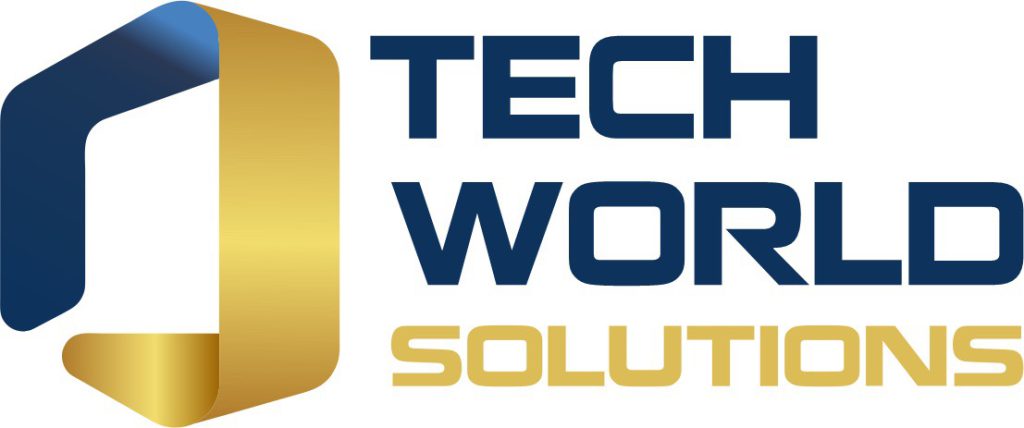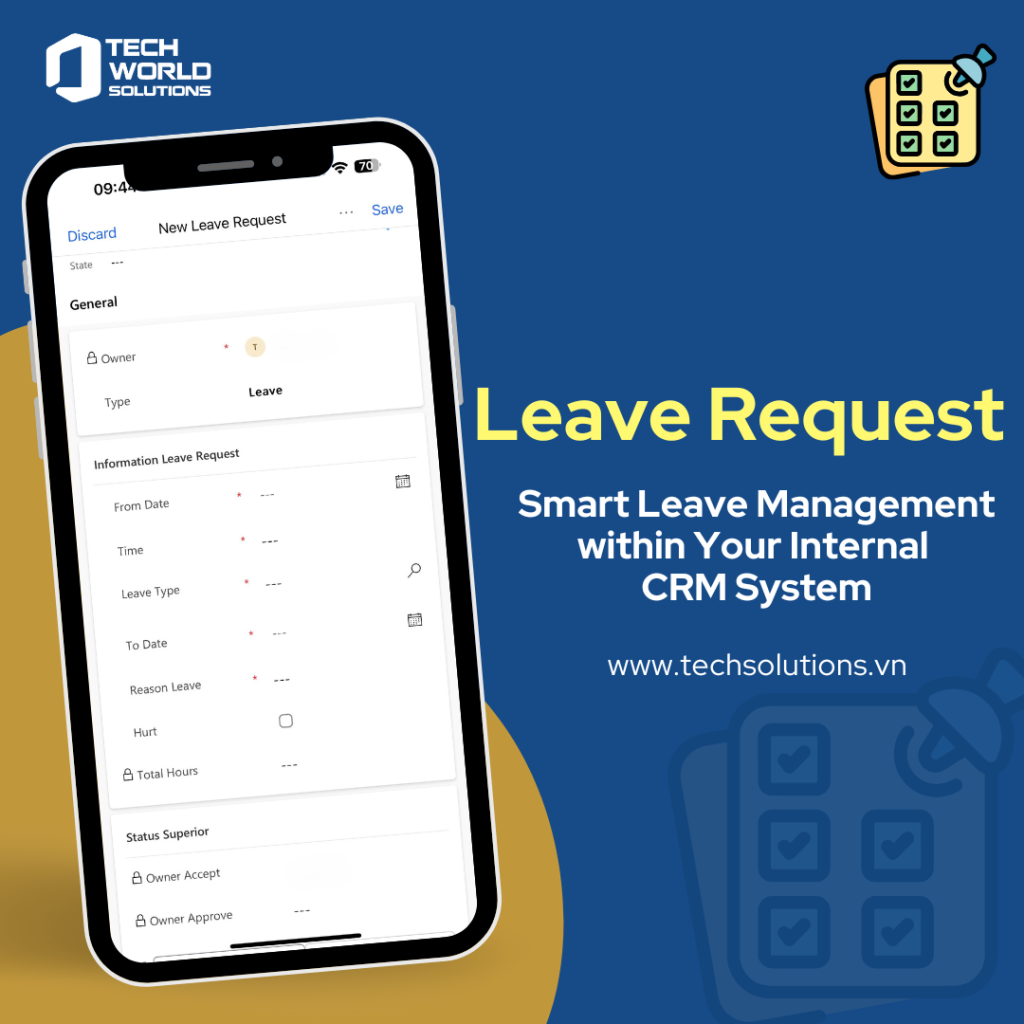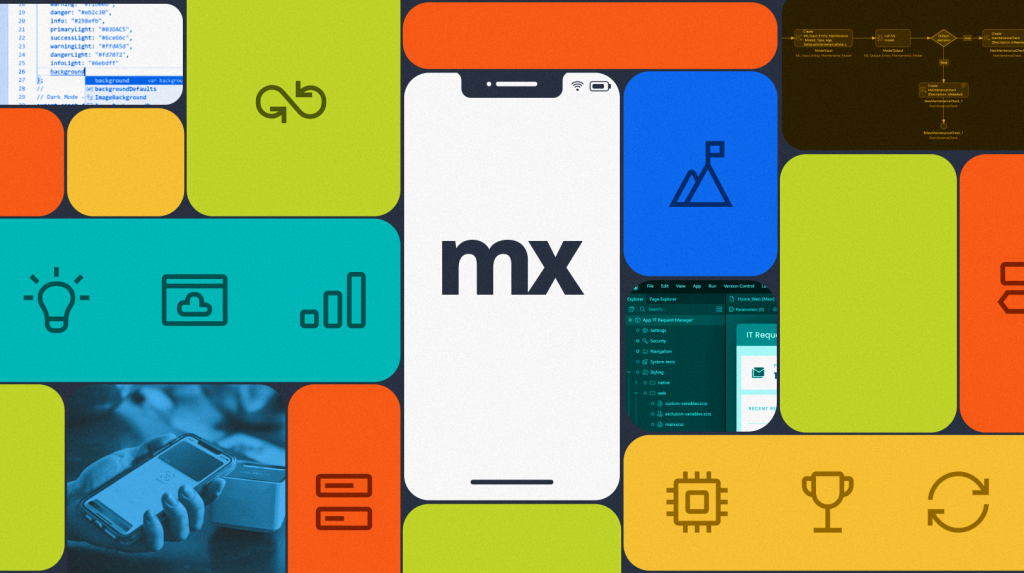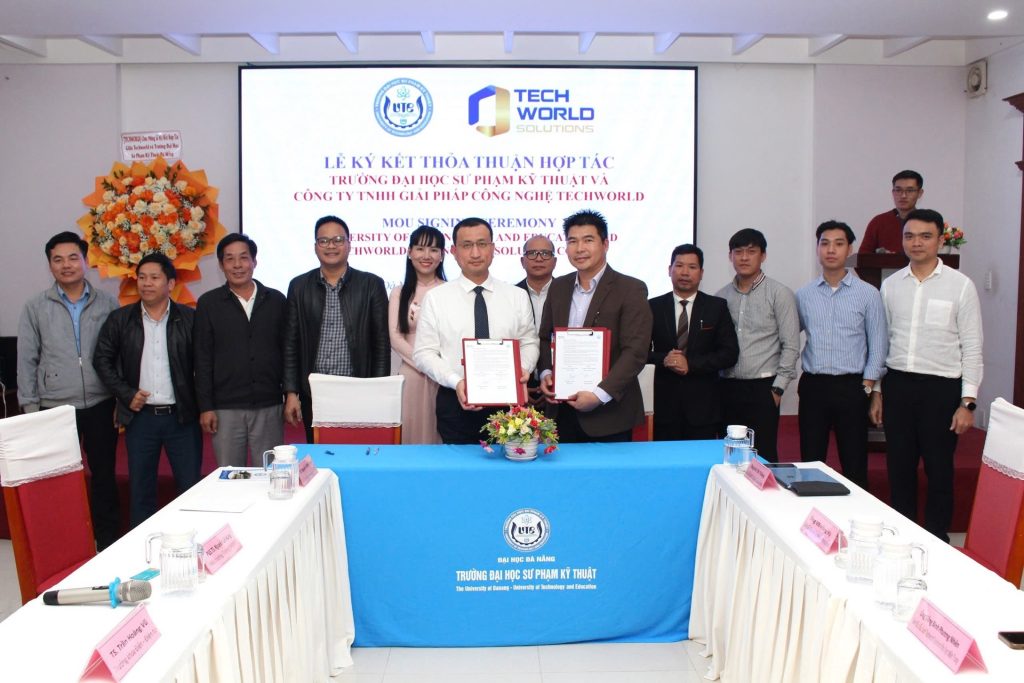Lotus Notes Migration: 4 Reasons to Migrate Apps to the Cloud
A short look at Lotus Notes’ long history
In the 1980s, Lotus Notes was a pioneer. Used for messaging, collaboration, and the development of business apps, it paved the way for future technologies. “It had web-like forms before there was a web, server apps before there were much in the way of servers, and shared distributed databases before such things had even been heard of by most IT folk,” writes David Gerwitz for ZDNet.
IBM purchased Lotus Notes in 1995 for a cool $3.5 billion. The years went by and, as we know, the internet took over our lives. Since Lotus Notes entirely predates technology like the cloud, mobile, and social media, it hasn’t been able to keep up with the competition. Although it was once lightyears ahead of its time, Lotus Notes is now obsolete as an app development platform.
That’s why, in 2018, IBM sold Lotus Notes and several other software products to HCL Technologies for $1.8 billion — $2 billion less than it was purchased for in 1995.
4 reasons to replace Lotus Notes
For those looking to deliver applications that support unique business processes, differentiate their company, or disrupt their industry, Lotus Notes is an obstacle, not a path forward. Specifically, there are four key challenges that justify an investment in a Lotus Notes migration:
1. High total cost of ownership
With ownership continuously changing and licensing fees increasing, Lotus Notes is costly to maintain. But the total of cost of ownership for Lotus Notes applications is not in line with the value delivered.
Compared to modern platforms and applications, Lotus Notes requires excessive maintenance by developers with very specific (and expensive) skill sets. There’s also the lack of user adoption and challenges with integrating Lotus Notes applications with other systems.
2. Poor usability
Influenced by the massive adoption of smartphones and social media platforms, expectations for enterprise software have fundamentally changed since the glory days of Lotus Notes. People want to use the same kind of simple, intuitive apps at work that they are already using in their everyday lives.
However, Lotus Notes applications — a product of the client-server era — lack the engaging user experience and multi-channel access required by a rapidly growing millennial workforce. The talent pool of developers who are skilled in Lotus Notes is also waning every year, decreasing the likelihood of usability improvements in the near future.
3. Ungoverned “app jungle”
Within many organizations, the proliferation of locally installed Lotus Notes servers has created an app jungle that is impossible to manage and lacks the governance and control required by IT. Moreover, Lotus does not provide visibility into what applications are available, so many enterprises struggle to rationalize their application portfolio.
4. Lack of openness
Modern business applications must seamlessly leverage information from multiple systems and data sources, both on-premises and the cloud. But Lotus Notes lacks the required openness and connectivity to do so.
Notes apps lose their relevance in an application landscape increasingly characterized by a mix of interconnected on-premises and cloud applications and services. What’s more, HCL Technologies does not offer a cloud version of Lotus, meaning you need to maintain an on-premises server.
Alternatives to Lotus Notes
In light of these challenges, organizations are turning to cloud platforms to migrate Lotus Notes applications. Low-code application platforms feature capabilities like visual, model-driven development and one-click cloud deployment and can seamlessly integrate with existing systems.
With the right platform, it’s possible to build modern, multi-channel apps radically faster, easier, and at a lower cost. And using these platforms, you can directly involve the business in the development process while allowing IT to centrally manage the application portfolio.
It can be done! A successful example of a Lotus Notes migration
The Boston Globe turned to Mendix to migrate a dozen Lotus Notes apps, including its newsroom corrections database. That project, which took over a month to code in Lotus, was rebuilt in just five days with Mendix. In addition to migrating its Lotus Notes applications, the Globe is using Mendix to rapidly deliver new apps that move the business forward.

It’s Time to Leave Lotus Notes Behind
See why low-code is the best choice for modernization in our white paper, Legacy to Low-Code: Key Reasons to Migrate from Lotus Notes to Mendix.
- Empowering Innovation: The Dynamic Duo of Teamcenter and Mendix
- 3 Reasons You Need to Rethink Low-Code Governance
- New Teamcenter Extension Makes Low-Code Development Even Easier
- What is Technical Debt? Examples, Prevention & Best Practices
- PVI Gia Định Partners with Techworld Solutions Vietnam to Revolutionize Insurance Management
Bài viết cùng chủ đề:
-
Leave Request – Quản lý nghỉ phép thông minh trong một mô-đun CRM duy nhất
-
Techworld Solutions Đồng Hành Cùng UTE Trong Đào Tạo Nhân Lực Chất Lượng Cao
-
Microsoft Office chính thức chuyển thành Microsoft 365
-
Epicor Asia & Techworld Solutions Vietnam Chính Thức Công Bố Quan Hệ Đối Tác Chiến Lược, Mở Rộng Hệ Sinh Thái Giải Pháp Tại Việt Nam và Khu Vực
-
Chúc mừng đội ngũ Microsoft!
-
Giá trị của Microservices Doanh Nghiệp với Low-Code
-
Sự Tiến Hóa Tiếp Theo Của Mendix Cloud: Đón Nhận Kubernetes Để Xây Dựng Nền Tảng Sẵn Sàng Cho Tương Lai
-
Optimizing Production with Epicor ERP – Specialized Solutions for Complex Industries
-
Addressing the Knowledge Gap
-
AI-Assisted Development in Action with Mendix
-
Empowering Mobile Innovation
-
How to Upgrade Legacy Systems to Compete in the Cloud Age
-
TECHWORLD SOLUTIONS VIỆT NAM VÀ ĐẠI HỌC SPKT ĐÀ NẴNG KÝ KẾT HỢP TÁC TRIỂN KHAI TRUNG TÂM NGHIÊN CỨU & ĐÀO TẠO CÔNG NGHỆ SỐ
-
How to Architect Your Mobile Customer & Employee Experiences
-
PVI Gia Định Partners with Techworld Solutions Vietnam to Revolutionize Insurance Management
-
ESEC Group Partners with Techworld Solutions Vietnam to Implement Microsoft Dynamics 365 ERP

















